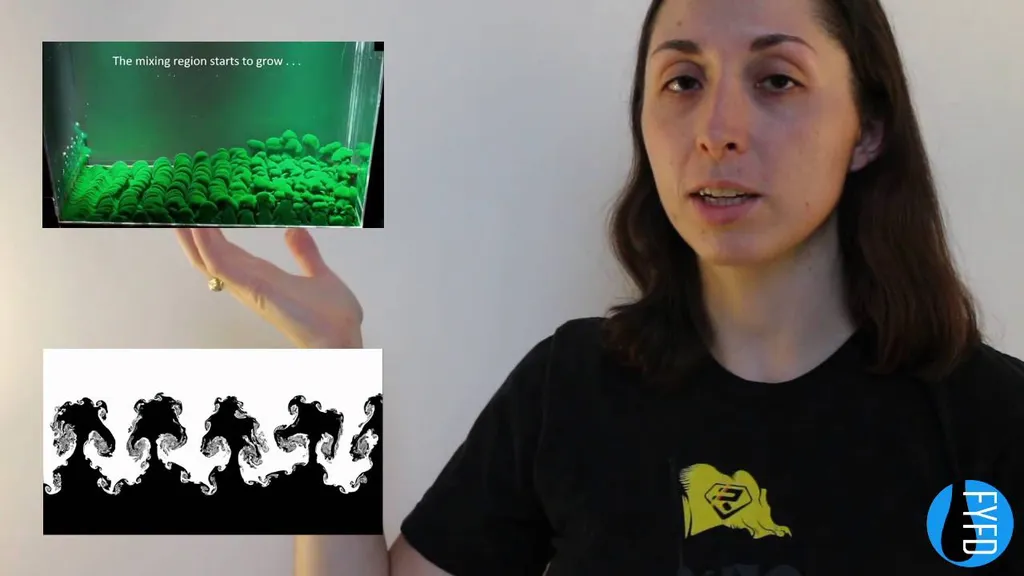In the realm of energy research, a team of scientists from the University of Science and Technology of China has made significant strides in understanding a complex phenomenon known as the Rayleigh-Taylor instability (RTI). This instability occurs when a heavy fluid is accelerated into a lighter one, and it has profound implications for various energy applications, including inertial confinement fusion (ICF) and astrophysical processes.
The researchers, Xilai Li, Yilin Wu, Zhengnuo Chen, Mengqi Yang, and Jie Zhang, have developed a sophisticated model that captures the dynamics of RTI in a three-dimensional spherical geometry. Their work, published in the journal Physics of Plasmas, extends previous analyses by incorporating the Bell-Plesset (BP) effects, which arise from the convergence of the interface between the two fluids.
The team’s model reveals that the growth of the instability is significantly amplified by the BP effects, particularly for axisymmetric modes, which are perturbations that maintain symmetry around the central axis. This amplification can be several orders of magnitude greater than what is observed in static backgrounds. Despite this strong amplification, the second-order amplitudes remain relatively small compared to the first-order ones, validating the perturbative approach used in the study.
One of the most intriguing findings is the “selection rule” that emerges from the nonlinear mode coupling. This rule indicates that energy is preferentially channeled into axisymmetric modes. This insight is crucial for understanding the behavior of time-dependent interface instabilities in various energy applications, including ICF and astrophysical shell collapse.
The practical implications of this research are significant. For instance, in ICF, understanding and controlling RTI is essential for achieving the high levels of compression and heating required for fusion reactions. The findings could help in designing more effective strategies for mitigating the destabilizing effects of RTI, thereby improving the efficiency and viability of ICF as a potential energy source.
In summary, the work of Li and his colleagues provides a deeper understanding of the complex dynamics of RTI in convergent flows. Their model offers new physical insights that could have practical applications in the energy sector, particularly in the field of inertial confinement fusion. The research was published in the journal Physics of Plasmas, a leading publication in the field of plasma physics and fluid dynamics.
This article is based on research available at arXiv.

